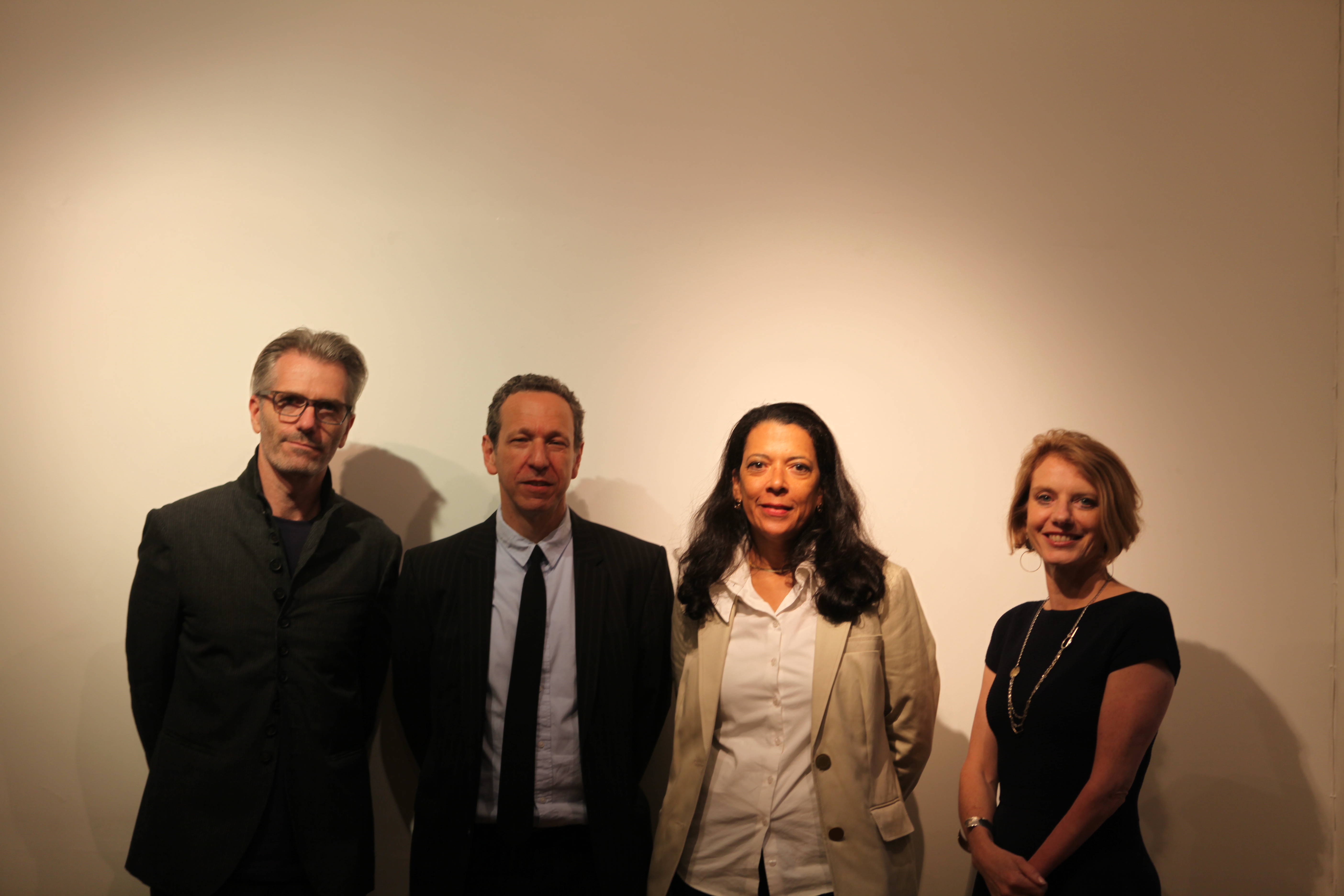by: chas
In recent years, many creative industries – most notably the music industry – have dealt with the ramifications of the ease of digital sharing as it relates to intellectual property. On 05.18.15, a panel moderated by Melissa Marsh, founder and CEO of PLASTARC, gathered to discuss what the future of intellectual property for architecture will be. The speakers included Nancy Wolff and Joshua Sessler, partners at Cowan DeBaets Abrahams & Sheppard LLP; LeAnn Shelton, Esq., AIA, general counsel and director of business affairs at Rockwell Group; and Matthew Bannister, founding partner and CEO of DBOX.
Marsh posited that architecture now finds itself in the same position that the music industry did 15 years ago. Leaders in the field are wrestling with questions of how to adapt and protect their creative processes and outputs as the way we share information changes. With a variety of case studies, as well as insight into the technical and legal concepts of intellectual property, the panel prompted attendees to consider how to address these concernsin their practices.
Wolff and Sessler opened the session with an overview of how architects and designers can assess their intellectual property assets and monetize their work in new ways. Key cases covered the use of a building’s distinct image for commercial use (Rock & Roll Hall of Fame & Museum v. Gentile Productions), and the role of trade dress in the design and decoration of retail stores. These cases raise the question of user experience in the built environment, and how customers will perceive a space as a result of the design – whether it is created uniquely enough to differentiate it from competitors. Many large corporations like Chipotle and Apple have registered their store layouts and designs.
Sheltondiscussed several examples of Rockwell Group’s work that have included digital and video installations within built spaces, and how they act as an additional material. According to Shelton, “video is the new fresco,” though it brings additional considerations of intellectual property to the design of a building or space. For example, an installation in the Cosmopolitan of Las Vegas shows a video of dancers in the hotel lobby, requiring releases from performers as well as agreements from videographers and others who helped produce the content. When media functions as a material, the architecture and design of a building takes on these further layers.
DBOX’s communications often focus on architectural clients. Showing several examples of its work, Bannister discussed the use of building visuals for marketing the building in question, as well as the discrepancies in image protection in different countries. For example, an image of furniture, which may be protected under copyright overseas, is not protected in the U.S., as it is classified as a useful object.
At the end of the program, the panelists discussed their findings from the evening and their implications for architecture. Ultimately, they agreed that architects must think of their work as intellectual creations to be protected, and to carefully consider the different types of materials – visual components, drawings, structural elements – within each project in order to ensure all are guarded as intellectual property.
Event: Transforming Architectural Practice 2015: Intellectual Property in a Digital World
Location: Center for Architecture, 05.18.15
Speakers: Nancy Wolff, Partner, Cowan DeBaets Abrahams & Sheppard LLP; Joshua Sessler, Partner, Cowan DeBaets Abrahams & Sheppard LLP; LeAnn Shelton, AIA, Esq., General Counsel and Director of Business Affairs, Rockwell Group; Matthew Bannister, Founding Partner and CEO, DBOX; and Melissa Marsh, Founder and CEO, PLASTARC (moderator)
Organizers: AIANY Professional Practice Committee








